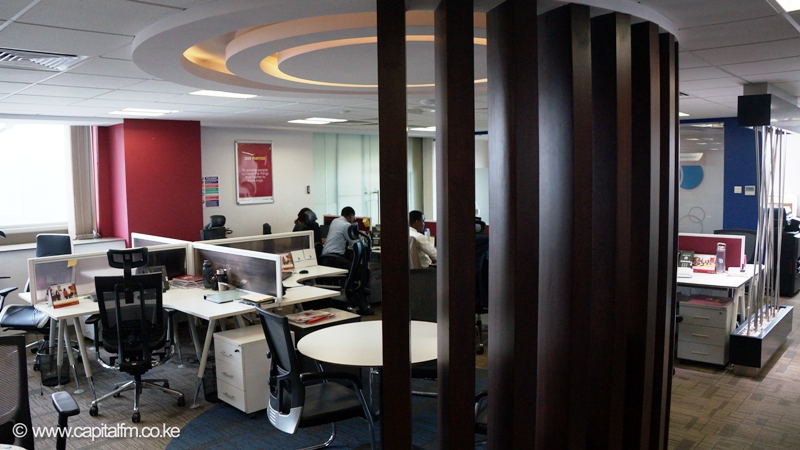An equal opportunity employer (EOE) is one who follows the principle of equal opportunity with regards to their hiring and employee growth and development procedures.
They do not discriminate based on race, gender or physical ability, but give everyone in the organization an equal chance to grow and realize potential.
For example, equal opportunity employers would hire people that have less of an advantage in the workplace than others, not wanting to discriminate between any of its applicants.
Most organizations strive to be considered equal opportunity employers. You may have noticed that most job advertisements posted in different media have a disclaimer at the bottom that reads “We are an equal opportunity employer”. Nonetheless, numerous research indicates that most talent groups at the work place are still discriminated against. A critical analysis of the status of equal opportunity employment in our country would actually reveal this status in both public and private sector
Nonetheless, numerous research indicates that most talent groups at the work place are still discriminated against. A critical analysis of the status of equal opportunity employment in our country would actually reveal this status in both public and private sector organizations.
Some of the questions we need to ask include: How many organizations can say they are truly an EOE? How many ensure that unconscious biases do not come to play at the different stages of the employment life cycle? What informs everyday decision making regarding their employees? What can they do to remedy any blind spots and failures in becoming a seamless EOE?
The employment lifecycle encapsulates all HR processes from recruitment through onboarding, training and development, rewarding (compensation & benefits), performance management, career and talent management, retention, employee relations and day to day management. As hard as it is for most to admit, it’s possible to be unconsciously biased on a different basis.
There is a lot of unconscious bias that results in employment discrimination. For instance, you may find an employee consistently receiving positive performance reviews until they are placed under the supervision of a new boss who comes from a diverse group with respect to either culture, gender, generation or disability. The new boss might subject the employee to increased or unnecessary scrutiny which could strain the working relation between the two. The increased frustration may lead to the employee quitting their job and could also result in them suing their former employer on the basis of discrimination.
The new boss might subject the employee to increased or unnecessary scrutiny which could strain the working relation between the two. The increased frustration may lead to the employee quitting their job and could also result in them suing their former employer on the basis of discrimination.
The scenario above shows that we instinctively categorize people and things using easily observed criteria such as age, weight, skin color, and gender. We also classify people according to educational level, disability, sexuality, accent, social status, and job title, automatically assigning presumed traits to anyone we subconsciously put in those groups.
To overcome such blind spots, one of the things that can be done is to create awareness of what it takes to be a seamless EOE and for all stakeholders in an employment life cycle to appreciate their unconscious biases. Training on unconscious biases and also taking tests, for example, the Implicit Association Test (IAT) help increase awareness, self-discovery and progressive improvement. However, it has to be a heart affair in every organizations – a complete resolve that they sure need to walk the talk and become inclusive thereby becoming a truly equal opportunity employer.
The gains of this is that being an EOE is one sure way of staying the course on diversity and inclusion and mounting research shows diverse teams and inclusive cultures grow businesses, increase innovation and improve employer brand.We should, therefore, strive to ensure we are inclusive in our recruitment, onboarding, training and development programs, that we pay equitably and fairly, review performance objectively and nurture the careers of our employees with a view of maintaining the right fits while guiding and directing the non-fits in a dignified manner regardless of the differences in our talent pools.
This means that we should be seamlessly inclusive throughout an employment lifecycle so that we can undoubtedly be regarded as equal opportunity employers.
Priscilla Mwangi is a Manager at PwC Kenya’s Human Capital Team



































